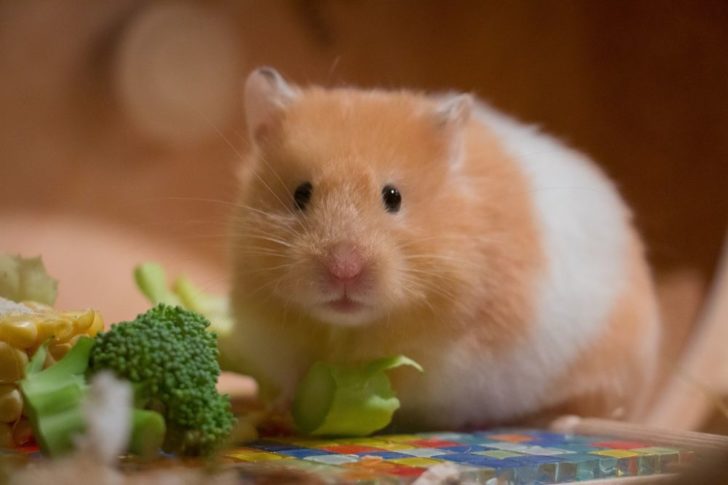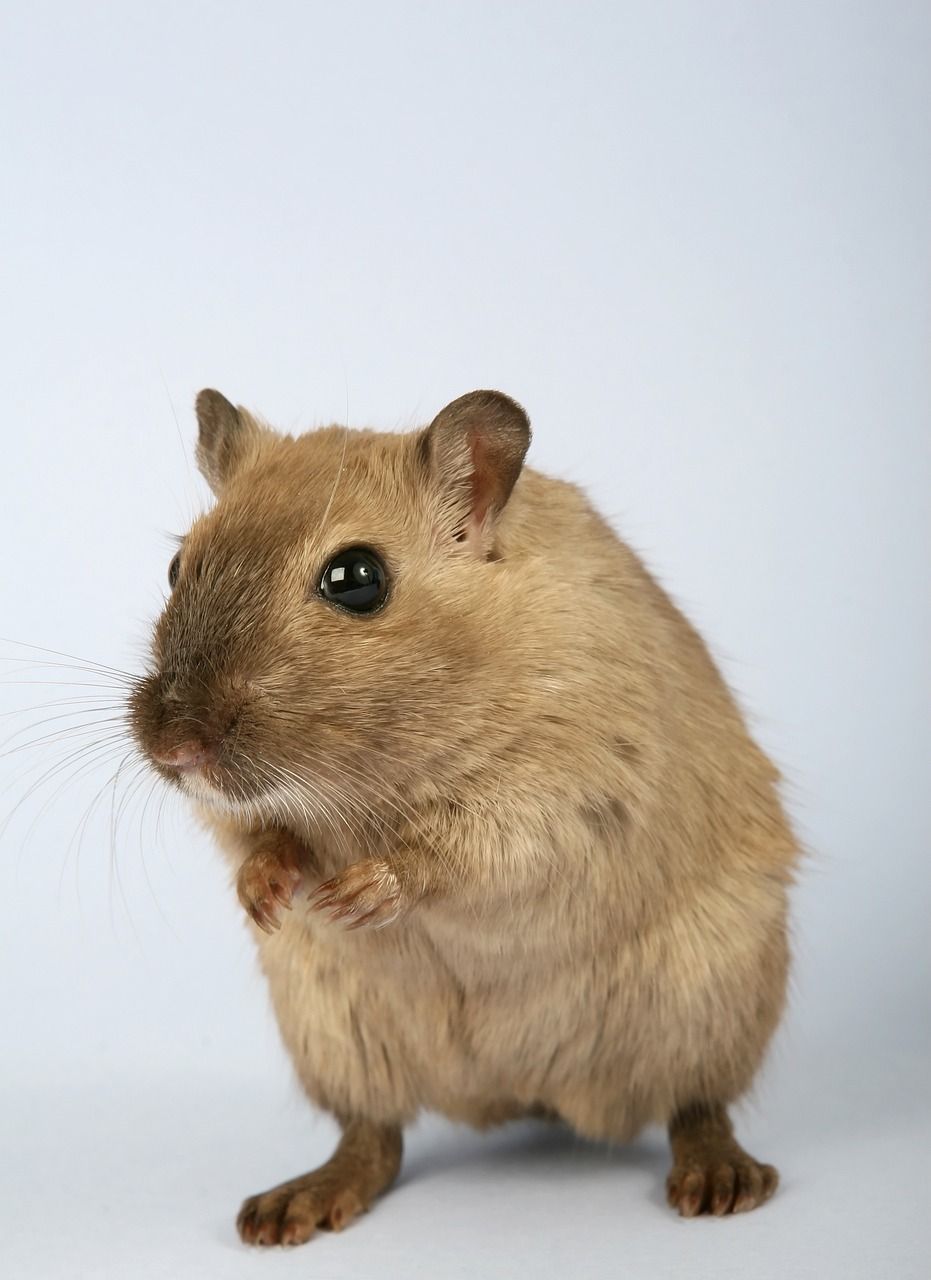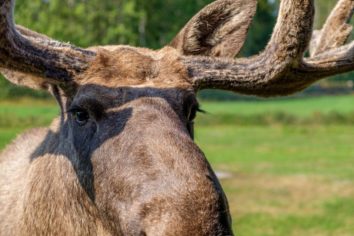Hamster Mature: A Comprehensive Guide to the Growing Trend

Introduction
In recent years, a new trend has emerged in the world of hamsters Hamster Mature. This article aims to provide an in-depth overview of Hamster Mature, including its definition, various types, popularity, and quantitative measurements. Additionally, we will explore the differences between different Hamster Mature breeds and discuss the historical advantages and disadvantages associated with them. So, let’s delve into the world of Hamster Mature and discover what makes it so intriguing.
1. An Overview of Hamster Mature

Hamster Mature refers to the process of a hamster reaching its mature stage, both physically and behaviorally. It is an important development phase in a hamster’s life when they transition from being young and dependent on their parents to becoming adult and capable of reproduction. This stage typically occurs between three to four months, depending on the breed.
2. Types of Hamster Mature
There are various types of Hamster Mature, each with its unique characteristics and traits. Let’s explore some of the most popular types:
– Syrian Hamster Mature: Also known as the Golden Hamster, Syrian Hamster Mature is the largest and most popular breed. They are known for their solitary nature and come in various colors such as golden, black, or white.
– Dwarf Hamster Mature: Unlike the Syrian Hamster, Dwarf Hamsters prefer living in pairs or small groups. They are smaller in size and have a playful and energetic personality. Roborovski, Winter White, and Campbell’s Dwarf Hamsters are some examples of this type.
– Chinese Hamster Mature: Chinese Hamsters are known for their long tail and mouse-like appearance. They are relatively small and require a larger living space compared to other breeds. They make excellent pets for experienced owners due to their shy and independent nature.
3. Quantitative Measurements of Hamster Mature
When it comes to Hamster Mature, several quantitative measurements can provide insights into a hamster’s physical development. These include weight, size, and reproductive maturity. Syrian Hamsters, for instance, can reach an average weight of 125-175 grams and grow up to six to seven inches in length. Meanwhile, Dwarf Hamsters usually weigh around 30-50 grams and measure approximately three to four inches.
4. Differences Between Hamster Mature Breeds
Each type of Hamster Mature exhibits distinct characteristics that set them apart from one another. For instance, Syrian Hamsters are more independent and solitary, while Dwarf Hamsters are sociable and can live in pairs or small groups. Similarly, Chinese Hamsters are known for their relatively more active and adventurous nature. Understanding these differences is crucial when choosing the right breed that aligns with your preferences and lifestyle.
5. Historical Advantages and Disadvantages of Hamster Mature Breeds
Throughout history, different Hamster Mature breeds have had their advantages and disadvantages. For instance, Syrian Hamsters have been favored for their larger size and ease of handling, making them more suitable for younger children. On the other hand, Dwarf Hamsters have gained popularity for their playful nature and ability to entertain their owners. Chinese Hamsters, although less popular, offer a unique appearance and can be a great option for experienced owners.
Conclusion
In conclusion, Hamster Mature is a fascinating aspect of hamster ownership that encompasses the transition from youth to adulthood. Understanding the different types of Hamster Mature, their characteristics, and historical advantages and disadvantages can help individuals make an informed decision when selecting a pet. So, whether you’re intrigued by the solitary nature of Syrian Hamsters or the playful behavior of Dwarf Hamsters, there’s a Hamster Mature breed out there for everyone.
[INSERT VIDEO HERE: A showcase of various Hamster Mature breeds and their adorable antics]
Remember, the world of Hamster Mature is ever-evolving, with new breeding techniques and discoveries being made. So, stay informed, be responsible pet owners, and enjoy the wonderful journey of Hamster Mature.
FAQ
What are the historical advantages and disadvantages of different Hamster Mature breeds?
What are the popular types of Hamster Mature?
What is Hamster Mature?
Fler nyheter
Gladiator K-Nine: Innovativt stöd för din hunds välmående
Introduction In recent years, a new trend has emerged in the world of hamsters Hamster Mature. This article aims to provide an in-depth overview of Hamster Mature, including its definition, various types, popularity, and quantitative measurements. Ad...
01 december 2025
Veterinär Stockholm: professionell vård i ditt hem
Introduction In recent years, a new trend has emerged in the world of hamsters Hamster Mature. This article aims to provide an in-depth overview of Hamster Mature, including its definition, various types, popularity, and quantitative measurements. Ad...
29 november 2025
Veterinär i Göteborg: En utökad guide till djurvård i västra Götaland
Introduction In recent years, a new trend has emerged in the world of hamsters Hamster Mature. This article aims to provide an in-depth overview of Hamster Mature, including its definition, various types, popularity, and quantitative measurements. Ad...
27 november 2025
Upptäck en fascinerande elk park i Småland
Introduction In recent years, a new trend has emerged in the world of hamsters Hamster Mature. This article aims to provide an in-depth overview of Hamster Mature, including its definition, various types, popularity, and quantitative measurements. Ad...
06 november 2025











